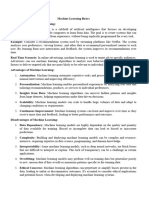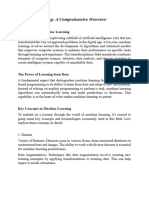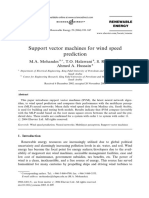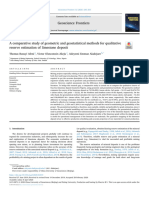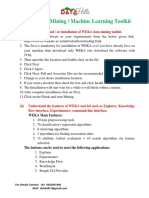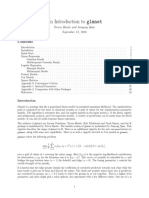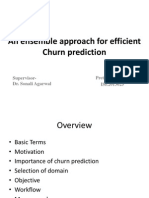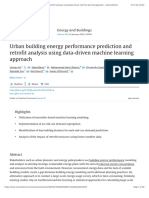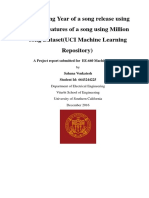0% found this document useful (0 votes)
9 views5 pagesMachine Learning
The document outlines a comprehensive machine learning curriculum focused on core concepts, advanced techniques, and practical applications in business. It covers supervised and unsupervised learning, model evaluation, data preprocessing, and ethical considerations, providing examples and key takeaways for each topic. Additionally, it includes case studies and hands-on projects to demonstrate the application of machine learning techniques in real-world business scenarios.
Uploaded by
Deepyansh palCopyright
© © All Rights Reserved
We take content rights seriously. If you suspect this is your content, claim it here.
Available Formats
Download as DOCX, PDF, TXT or read online on Scribd
0% found this document useful (0 votes)
9 views5 pagesMachine Learning
The document outlines a comprehensive machine learning curriculum focused on core concepts, advanced techniques, and practical applications in business. It covers supervised and unsupervised learning, model evaluation, data preprocessing, and ethical considerations, providing examples and key takeaways for each topic. Additionally, it includes case studies and hands-on projects to demonstrate the application of machine learning techniques in real-world business scenarios.
Uploaded by
Deepyansh palCopyright
© © All Rights Reserved
We take content rights seriously. If you suspect this is your content, claim it here.
Available Formats
Download as DOCX, PDF, TXT or read online on Scribd
/ 5






























